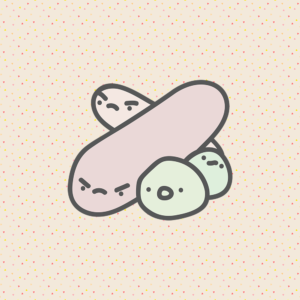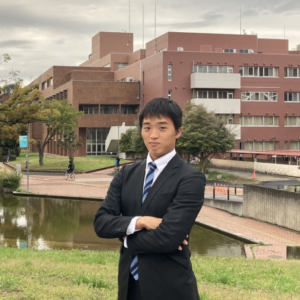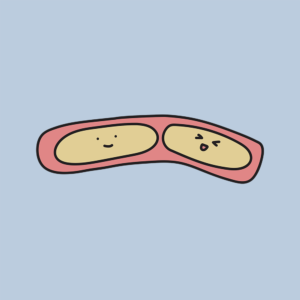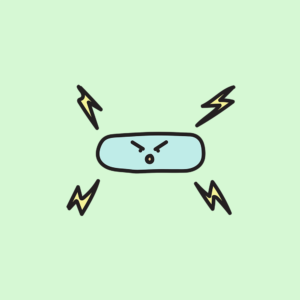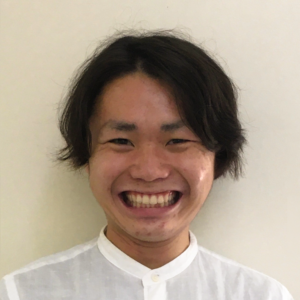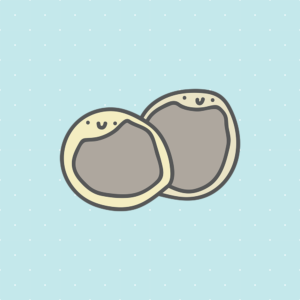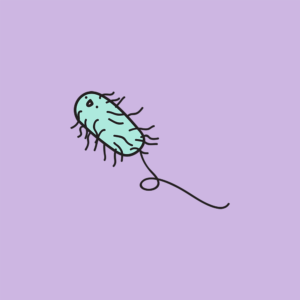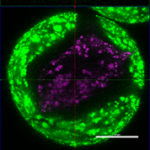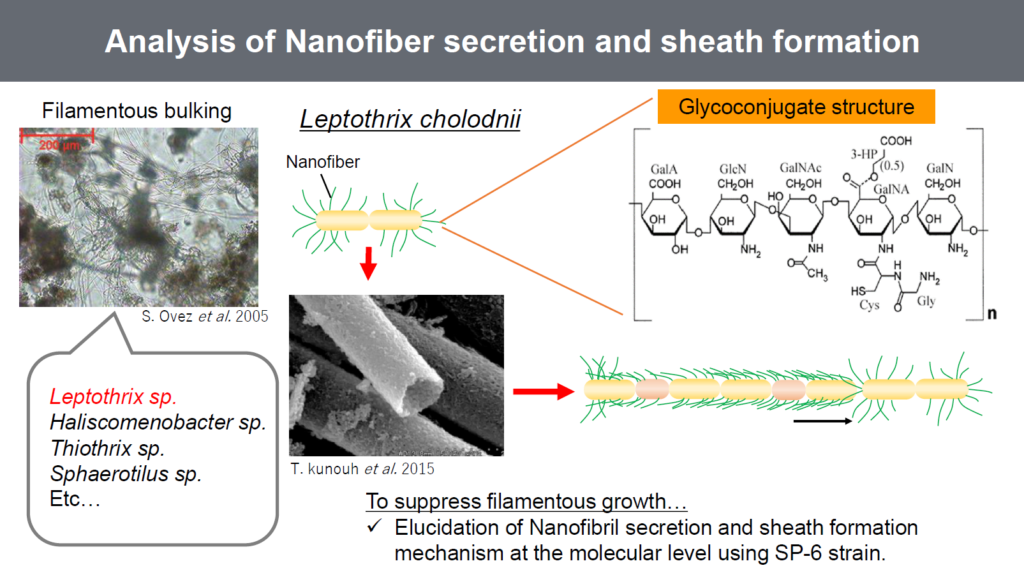>Team
>>Collaborators
>Research
Placement Name
TBA
未定
Bacteria in the real environment live densely together in multi-species communities called biofilms, and the metabolism of individual cells inside is heterogeneous. It has been suggested that the “distribution of bacteria” (i.e., which species are present inside the biofilm and in what positional relationship) is important, but the details of how the µm-scale differences affect the metabolism of individual cells are not known. To clarify this, I have developed a two-layered artificial biofilm by applying the microfluidics droplet system. By controlling the overall size of the biofilm and the volume ratio of the two layers, it is possible to create conditions in which the two bacteria species are arranged in diverse positions. Using this technology, we will elucidate the relationship between the positional relationship of multiple species of bacteria and the metabolic activity and distribution of the entire biofilm.
Xiaojie Li
Biofilm as a stage in the bacterial life cycle has been the focus of many scientists for decades. This community composed by bacteria cells and extracellular compounds secreted by the cells play an important role in protecting the cells to survive from various threats, such as tough environments and antibiotics. There is an increasing need for bacterial control strategies with low environmental impact and can be produced in a sustainable manner. Surfactants are commonly used in cleaning products for its antibacterial ability, and biosurfactants which are produced by microorganisms from sustainable feedstock. Sophorolipids, as a biosurfactant, can disrupt mature Pseudomonas aeruginosa biofilm. By utilizing the microfluidic technology and microscopic imaging, we are able to create a micro-scale space with controlled flow of liquid which closely mimics the natural environment for bacterial activity. We evaluate how the sophorolipid affects P. aeruginosa initial attachment to the glass surface with continuous flow in microfluidic channels and glass bottom dishes. Through individual cell tracking and MATLAB processing code, we find that sophorolipid promotes the bacterial surface motility and inhibits micro-colony formation depending on the sophorolipid concentration, while sophorolipid shows no significant effect on the attached cell number reduction.
Keisuke Nomura
Bacteria in the real environment live densely together in multi-species communities called biofilms, and the metabolism of individual cells inside is heterogeneous. It has been suggested that the “distribution of bacteria” (i.e., which species are present inside the biofilm and in what positional relationship) is important, but the details of how the µm-scale differences affect the metabolism of individual cells are not known. To clarify this, I have developed a two-layered artificial biofilm by applying the microfluidics droplet system. By controlling the overall size of the biofilm and the volume ratio of the two layers, it is possible to create conditions in which the two bacteria species are arranged in diverse positions. Using this technology, we will elucidate the relationship between the positional relationship of multiple species of bacteria and the metabolic activity and distribution of the entire biofilm.
Thomas Savage
Electrochemical analysis of membrane vesicles in Shewenella.
Kohei Takahashi
I am interested in microbe behavior in environments like soil and wastewater treatment. In Andy’s group, I aim to clarify spatiotemporal behaviors by combining some techniques of physics and biology. Notably, I apply microfluid technology to mimic the actual condition in which bacteria habit in the environment.
私は実環境での微生物の挙動に興味があります。このグループでは、マイクロ流体デバイスを用いて細菌が生息するような環境を模倣しながら、微生物の挙動を解析しています。
Tao Wenzhi
Bacteria live everywhere, including on our skin. I am interested in quantifying the interactions between different commensal organsims commonly found on human skin.
未定
William Winarto
Alcanivorax borkumensis (Ab) is a Gram-negative, a rod-shaped marine bacterium that can utilize hydrocarbons as its main carbon and energy source. It also can use small molecular weight organic acids like pyruvate. In the ocean, Ab likely uses pyruvate the majority of the time; however, when it switches to alkanes, a fraction of the Ab population transforms from viable, rod-shaped cells to non-viable, spherical cells. We call these ‘ball cells’. On oil spills in the ocean, Ab colonizes and grows at the water-oil interface. Since cells on the interface are not attached to a stationary surface and can move due to shear flow, tracking individual cells is unfeasible. Therefore, we describe and use a microfluidic device to structure the physical microenvironment to enable imaging of the transition that Ab undergoes.
The purpose of this study is to elucidate the mechanism by which Ab become ball cells. This may reveal information about the pathways of oil degradation and methods to utilize these organisms as agents of bioremediation.
(A) Microfluidic device design. The blue and pink channels denote the media and oil channels, respectively. (B) Closeup profile of the 2D chamber (orange). The wall separating the media from oil is colored in red and the oil channel is shown in blue. (C) The three types of spherical structures and oil leak observed.




